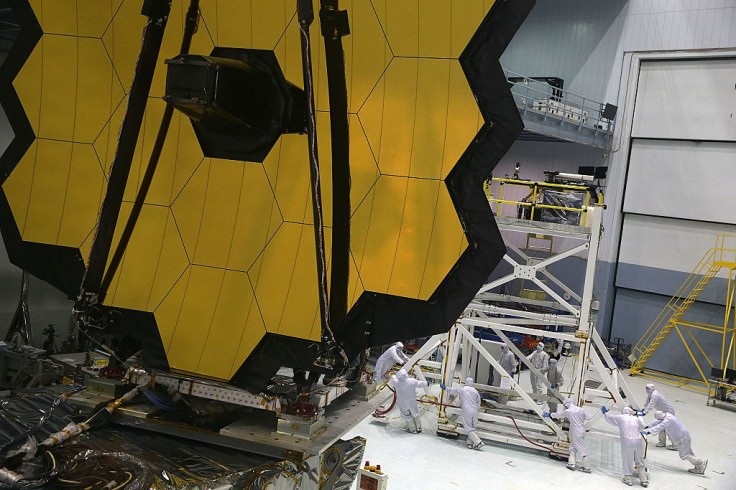
NASA's James Webb Space Telescope, a partnership with the European Space Agency and the Canadian Space Agency, will soon reveal unequaled and in-depth views of the cosmos with the impending release of its first full-color images and spectroscopic data.
We have wonderful news for everyone anxiously anticipating the release of the first Webb's photos on Tuesday! According to Universe Today, NASA will share one photograph a day early on Monday afternoon.
U.S. President Joseph R. Biden will make the announcement. This special White House astronomy briefing will be led by him and NASA Administrator Bill Nelson, as per Universe Today.
The entire process serves to hype up Tuesday's major revelation.
A First Look Through the Eyes of James Webb Space Telescope
As previously reported, the first observations will be made available via a livestream at 10:30 a.m. EDT on July 12. NASA said that each image will simultaneously be available on the agency website and social media.
After each of Webb's instruments has been calibrated, inspected, and given the all-clear by NASA's research and engineering teams, the agency said the first images and spectroscopic observations will be made.
Below are the cosmic objects on which Webb focused its first observations. They also marked the beginning of Webb's general scientific efforts.
These targets were chosen by an international committee that included representatives from NASA, ESA, CSA, and the Space Telescope Science Institute.
Carina Nebula - It is a nebula that is among the biggest and brightest in the universe. It is located 7,600 light-years away in the southern constellation Carina.
SMACS 0723 - The enormous foreground galaxy clusters that magnify and distort the light of objects behind them allow a deep field view into both the intrinsically faint and extremely distant galaxy populations.
Southern Ring Nebula - The "Eight-Burst," commonly referred to as a planetary nebula, is an expanding cloud of gas that surrounds a dying star. Its distance from Earth is almost 2,000 light-years and its diameter is roughly half a light-year.
Stephan's Quintet - It is found in the constellation Pegasus, some 290 million light-years away.
WASP-96 b (spectrum) - It is a giant gas planet that is outside of our solar system. The planet is over 1,150 light-years from Earth and orbits around its star every 3.4 days. It was found in 2014 and has approximately half Jupiter's mass.
Outstanding Progress for the James Webb Space Telescope
This noteworthy accomplishment for the observatory is the beginning of the observatory's extensive science activities. The objective is to give us more accurate images and information on the earliest stars and galaxies as well as exoplanets that may be capable of harboring life.
Eric Smith, Webb program scientist at NASA Headquarters in Washington, said: "These images will be the culmination of decades of dedication, talent, and dreams - but they will also be just the beginning."









